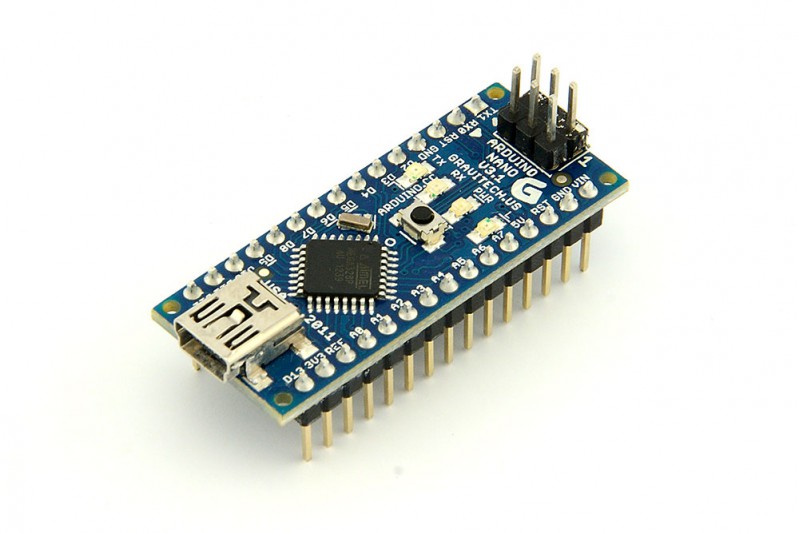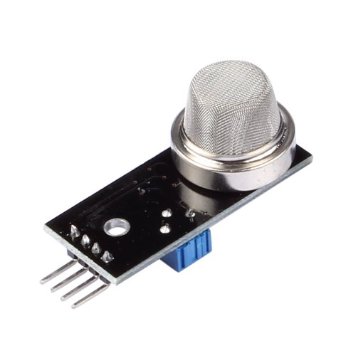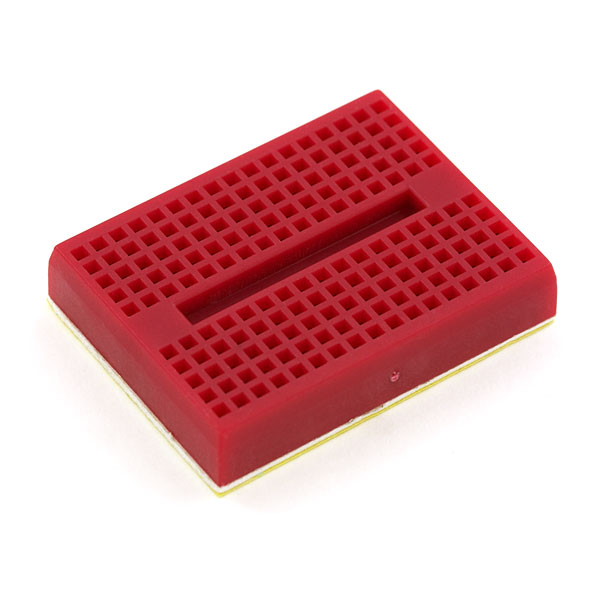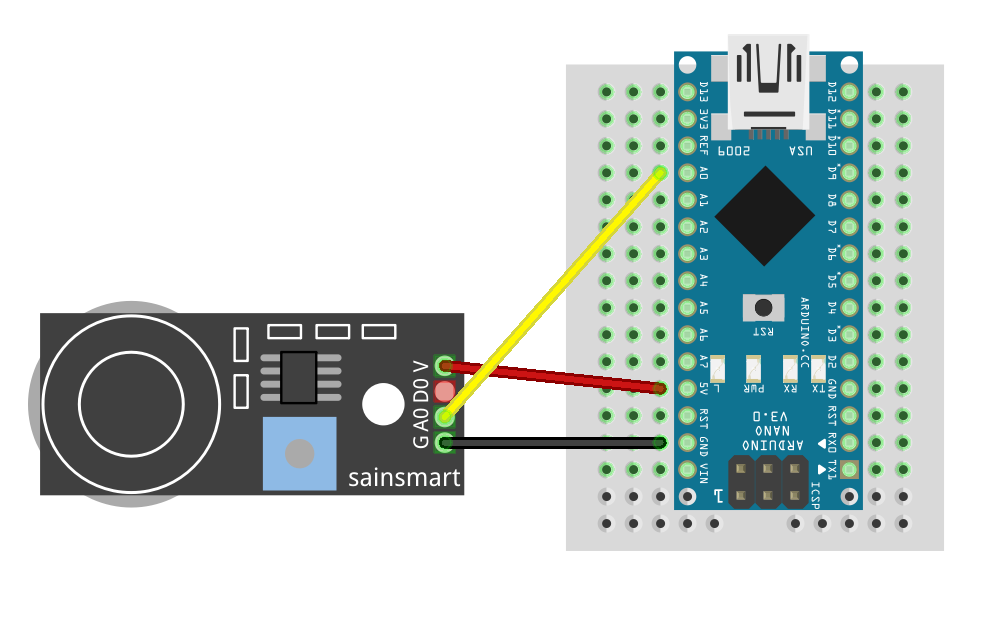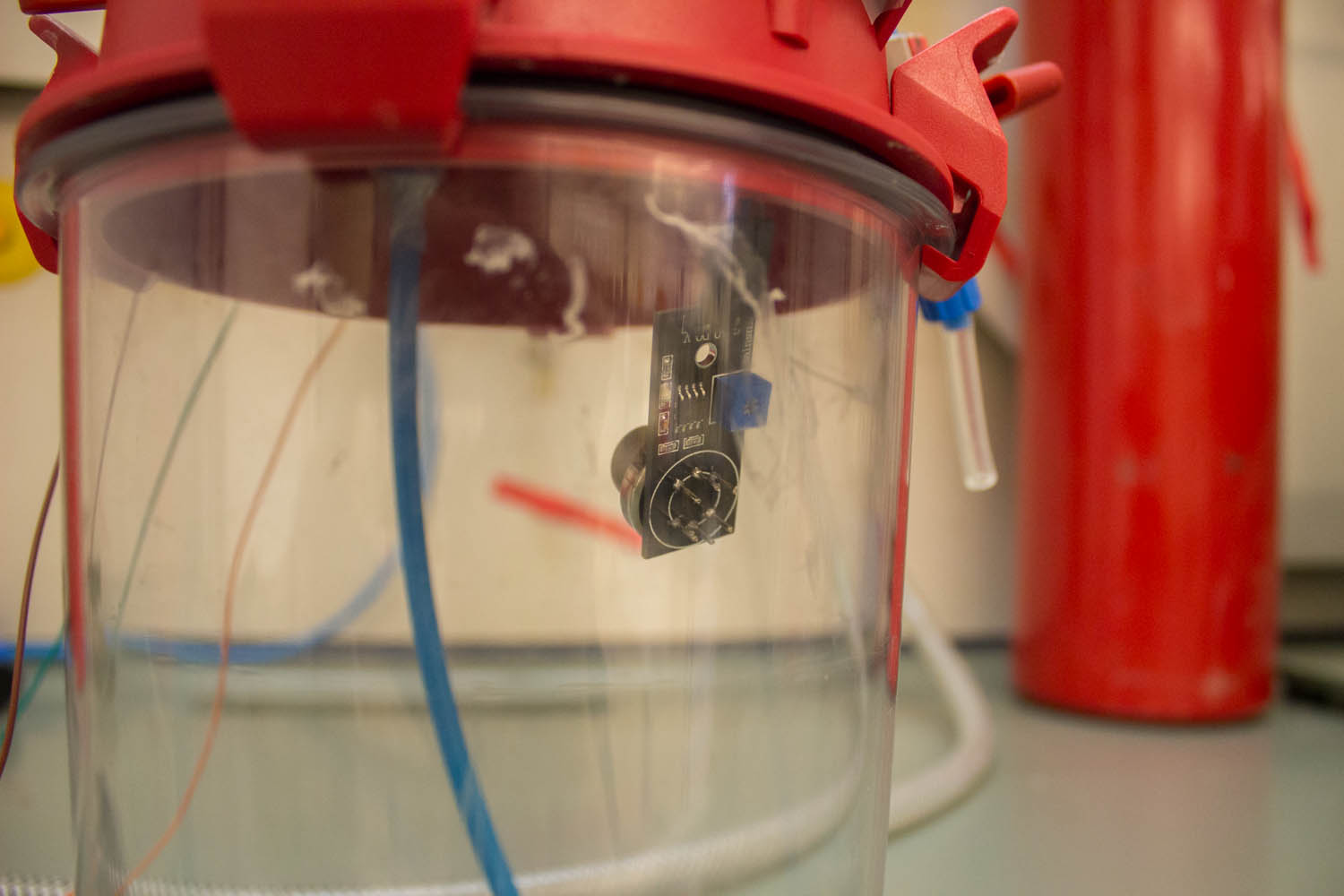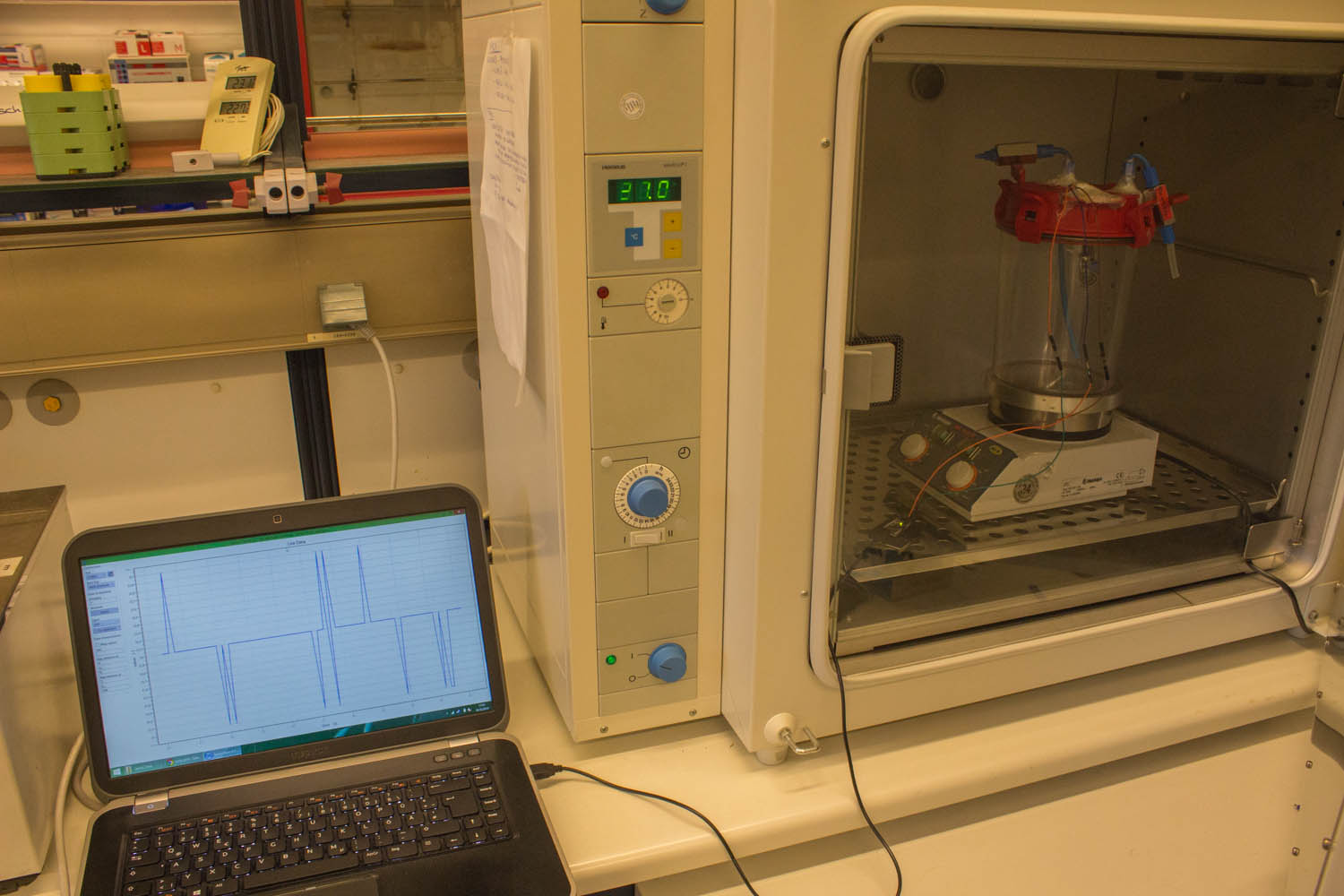Team:Aachen/Collaborations/Braunschweig
From 2014.igem.org
m |
m (→A low-cost DIY methane sensor for Team Braunschweig) |
||
| Line 2: | Line 2: | ||
{{Team:Aachen/Header}} | {{Team:Aachen/Header}} | ||
| - | = A low-cost DIY methane sensor for [[Team:Braunschweig|Team Braunschweig]] = | + | = A low-cost DIY methane sensor for [[Team:Braunschweig/Team-content#Collaborations|Team Braunschweig]] = |
Our colleagues from Braunschweig are cultivating microorganisms that grow on methane (CH{{sub|4}}) which is supplied via the gas phase. To monitor the methane uptake by their ''E. co(w)li'', they would like to measure the methane concentration in the gas phase. With the standard analytical methods in the lab, this is very difficult, but when they told us about their problem, we knew that we might be able to help them. We assembled an Arduino-based methane sensor and wrote a program to record the data. | Our colleagues from Braunschweig are cultivating microorganisms that grow on methane (CH{{sub|4}}) which is supplied via the gas phase. To monitor the methane uptake by their ''E. co(w)li'', they would like to measure the methane concentration in the gas phase. With the standard analytical methods in the lab, this is very difficult, but when they told us about their problem, we knew that we might be able to help them. We assembled an Arduino-based methane sensor and wrote a program to record the data. | ||
Latest revision as of 02:42, 18 October 2014
|
 "
"
